Traditional and Exotic Links Build Future Army Networks
Long-extant technologies will team with advances only dreamed of in laboratories if planners have their way in building the Army network of the future. The service is revamping its approach to networking in light of changes to the warfighting picture, and its scientists are working on a multitude of complementary technologies and capabilities that will be needed to empower future Army networks.
Researchers at the Combat Capabilities Development Command’s (CCDC’s) Army Research Laboratory (ARL) are pursuing the state of the art while keeping an eye on capabilities emerging from the commercial sector. The CCDC ARL has established a cross-functional team in networks and command, control, communications and intelligence (C3I) to help field new capabilities to the warfighter quickly and effectively. This effort encompasses needs based on the threat along with acquisition approaches.
The Army’s network modernization effort springs from a widespread recognition that the service’s current network is insufficient to meet the challenges that are erupting around the globe. The Army itself is transitioning into a force designed for conflict with a near-peer adversary, and its network must be “expeditionary, mobile and hardened to work in an active electronic warfare environment,” states Brian Rivera, chief of the CCDC ARL Network Science Division.
He continues that, while current network approaches have worked reasonably well in Southwest Asia, they are brittle and unable to maintain dominance in a near-peer environment. Outfitting the Army with a new network will entail developing hardware that is resilient against an enemy in a contested environment, Rivera explains. Related obstacles include congested radio frequency (RF) spectrum and an adversary with a strong electronic warfare (EW) capability.
Above all, the threat is the main driver for network modernization. But other issues include spectrum access, especially in foreign environments. The ability to be spectrum agile and operate in increasingly smaller amounts of bandwidth will be vital, Rivera adds.
Any work upgrading networks must by definition be evolutionary, and the ARL’s efforts in this arena are no exception. Rivera allows that the goal is to roll out capability sets more frequently as soon as they are ready. Rather than wait to assemble the ideal network, the Army would incorporate innovations when available. The ARL’s research tends to be for the longer term—2030 or 2035, he says, although the lab is aiming to transition capabilities earlier if possible.
By then, soldiers should have hybrid networks that are predictive and proactive. The soldiers would be able to manage their connectivity with more control. “It would be trying to get as close as you can to assured communications while recognizing that the adversary has a vote, and it is going to be a much more challenging environment,” Rivera states.
Because soldiers will be able to maintain the networks in a much more automated manner, the Army will be able to roll out more autonomous systems, Rivera predicts. The service will need fewer soldiers to provide hands-on network management, and the network automation will allow robots to operate much faster than the human decision cycle. “We can enable a lot more connectivity between different systems and let robotic systems work much more effectively,” he offers. The network will give the robots the information they need to empower their autonomy.
This will be especially vital to unmanned aerial systems (UASs). Ground-based robots linked to ground forces tend to be slower, but their airborne equivalents are faster and cover more territory in a short period of time. This mandates rapid connectivity with minimal delays, Rivera points out. The ability to manage those links will be critical, he adds.
Among all the challenges facing network upgrades, the most difficult one may be logistical, not technological: accelerating the acquisition process. Along with the goal of rolling out capability sets more frequently, the Army wants to incorporate commercial technology rapidly. Maintaining interoperability becomes an issue as the service implements innovative technologies from the commercial arena, and this upsets the traditional acquisition paradigm of consistency over the years, Rivera offers.
Addressing these capability needs will require technologies such as nontraditional waveforms and faster processing for quicker reaction times. “The dynamics of that near-peer threat will be so great that you need something to take the burden off the soldier,” he declares. Artificial intelligence (AI) and machine learning (ML) will be critical enablers for the force to be more reactive and proactive, especially for spectrum allocation and spectrum agility.
Enabling AI and ML to work hand-in-hand to gather the necessary information for decision making may be the biggest challenge, Rivera suggests. “It goes back to understanding how machine learning algorithms work, getting the data to them, and then being resilient to attacks on those machine learning algorithms.
“The challenge to AI is understanding really what its limits are,” Rivera says. Early forms will involve ML algorithms that help advise the decision maker. As the Army becomes more comfortable with it—especially as explainability of AI evolves—the service will allow systems to operate more independently, he notes. “You really don’t want to get an answer and have it be the right answer but for the wrong reason, so you go and deploy it and it gives you a wrong answer,” he warns.
Understanding how the AI is learning and where it’s headed is key to addressing another vulnerability, Rivera continues. Enemies could exploit Army AI algorithms to mislead network systems, and he cites one adversary as already targeting ML AI algorithms. “We really have to understand how to make those algorithms more resilient to active attacks, not just [their] making mistakes because of lack of training data,” he states.
In some cases, the Army may be incorporating totally new types of communications. Free-space optical or ultraviolet communications (see box) will provide alternatives to the spectrum challenge, Rivera offers. The Army also is examining how to exploit commercial 5G communications technologies.
Among the approaches under study by the ARL are lower-VHF networking, which is a major thrust in Army researching. This entails exploiting spectrum at about 40 megahertz, which currently hosts high-power communications systems.
Robert Drost, branch chief for the ARL’s tactical network assurance branch, explains that current low-VHF antennas are fairly large—several meters—and ARL work aims to miniaturize these antennas while maintaining optimal signal efficiency. Smaller antennas would enable shorter-range links instead of just long-range, high-power connections.
These smaller antennas could be mounted on autonomous vehicles that operate in cluttered environments, he suggests. Because higher frequencies do not propagate well in buildings, low-VHF would perform well in those conditions. Multiple antennas coordinating their transmissions might enable beam-forming operations for improved directionality and building penetration.
Ultimately, the future Army network will be a blend of diverse technologies and capabilities that will provide complementary, alternative or redundant service. The network would employ its AI to reconfigure automatically in the event of enemy action. It also would act automatically to jump and adapt dynamically to spectrum issues. The network would be programmed with rule sets that define which frequencies are accessible or ruled out so it can optimize its connectivity.
Rivera notes that the ARL works with several different commercial firms through cooperative research and development agreements, or CRADAs. It also works with companies that participate in Army exercises and technology evaluations. Right now, 5G seems to be the top commercial product offering promise for Army network needs, he observes. “The Army has some unique needs, but there has to be some piece of that 5G architecture that we can pull out and adapt for Army uses.
“The question is, how do you find the right mix of making that technology suitable to operate in the military context that still allows you to take advantage of the economies of scale of the fundamental technology, so you’re not trying to build your one-off chip by adding some new technology?” he asks. The Army would want to buy the chips that are being built by the billions, and it is looking to leverage the technology as is, perhaps with some type of applique.
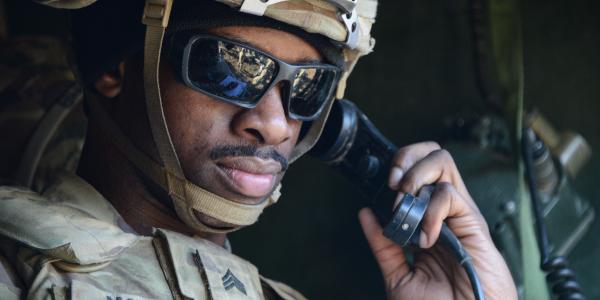
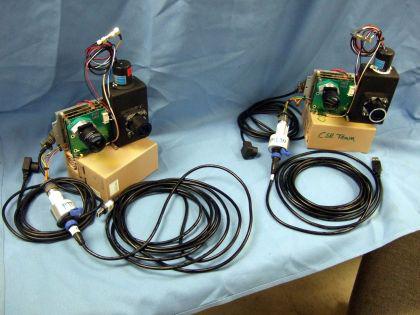
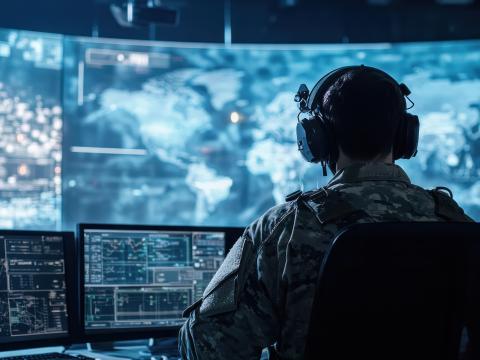

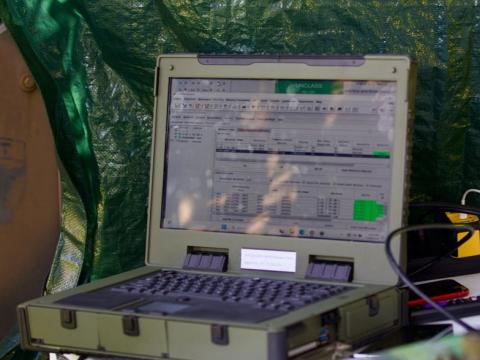
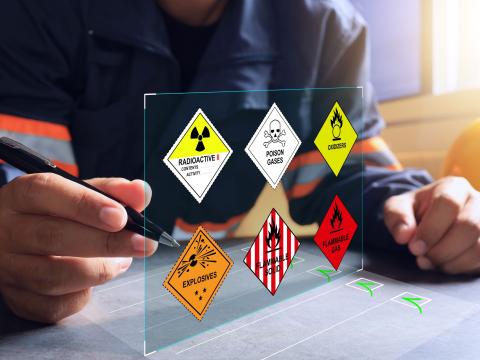
Comments